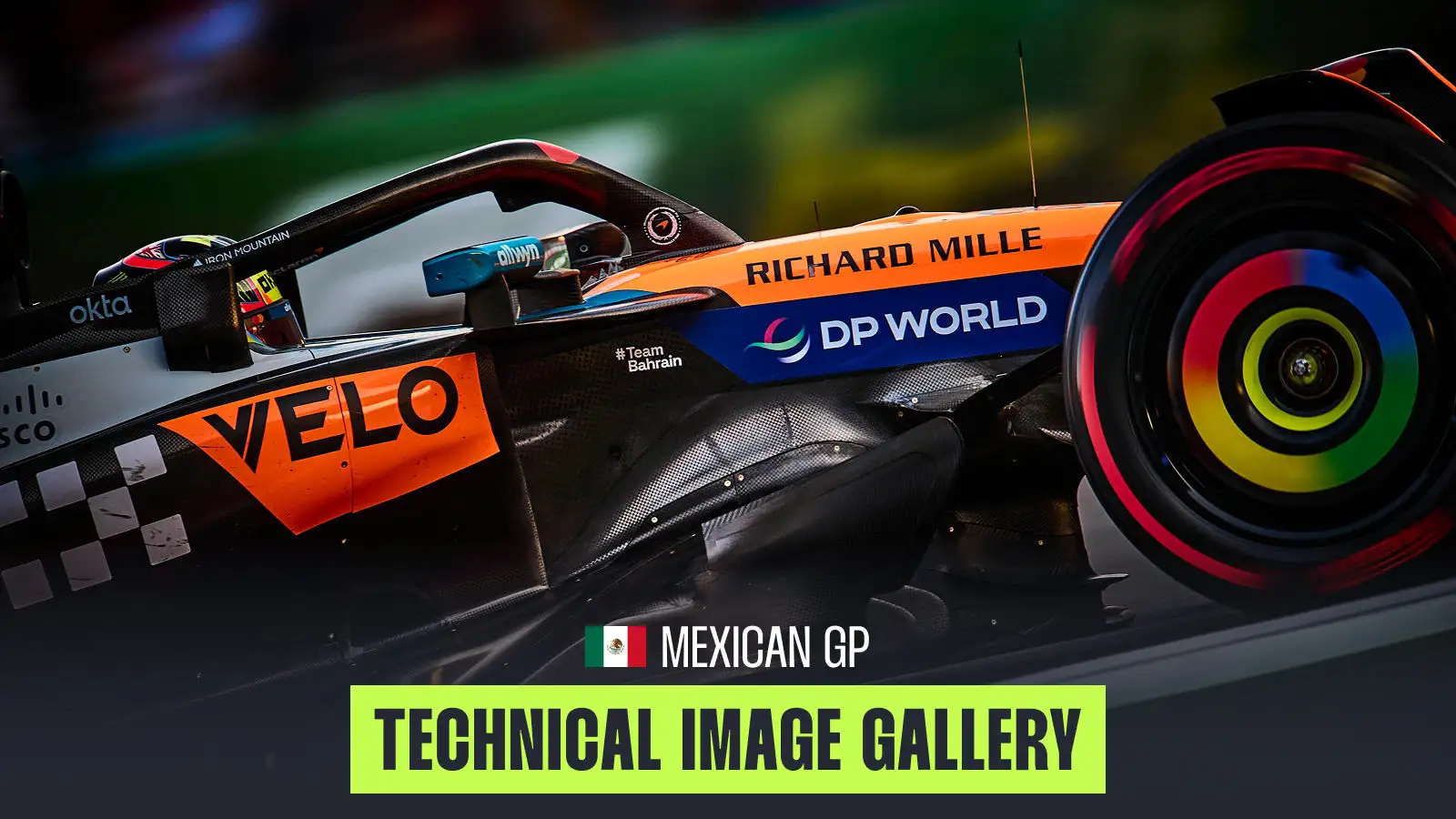Heat and altitude were two significant factors that the teams had to overcome at the Mexican Grand Prix, with each team running their version of a maximum cooling configuration.
Join us as we delve into this and many other technical details that were on display at the Mexican Grand Prix.
Mexican Grand Prix: Digging into the details…
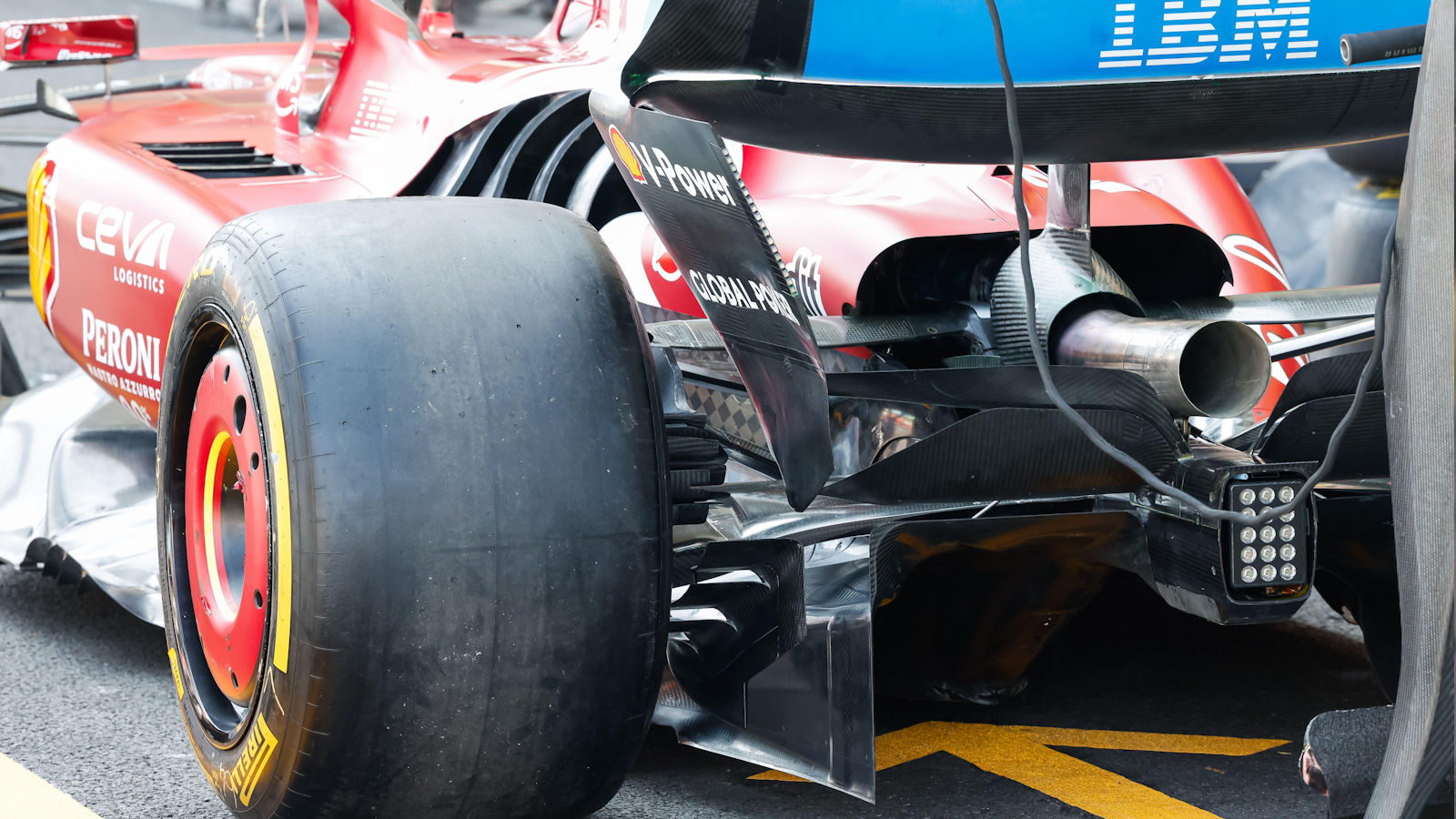
An overview of the Ferrari SF-25’s rear end, including the expansive cooling layout employed, the bi-plane style beam wing arrangement, the rear brake duct winglet cluster and the diffuser.

An extreme close up of the floor edge and edge wing on the Aston Martin AMR25
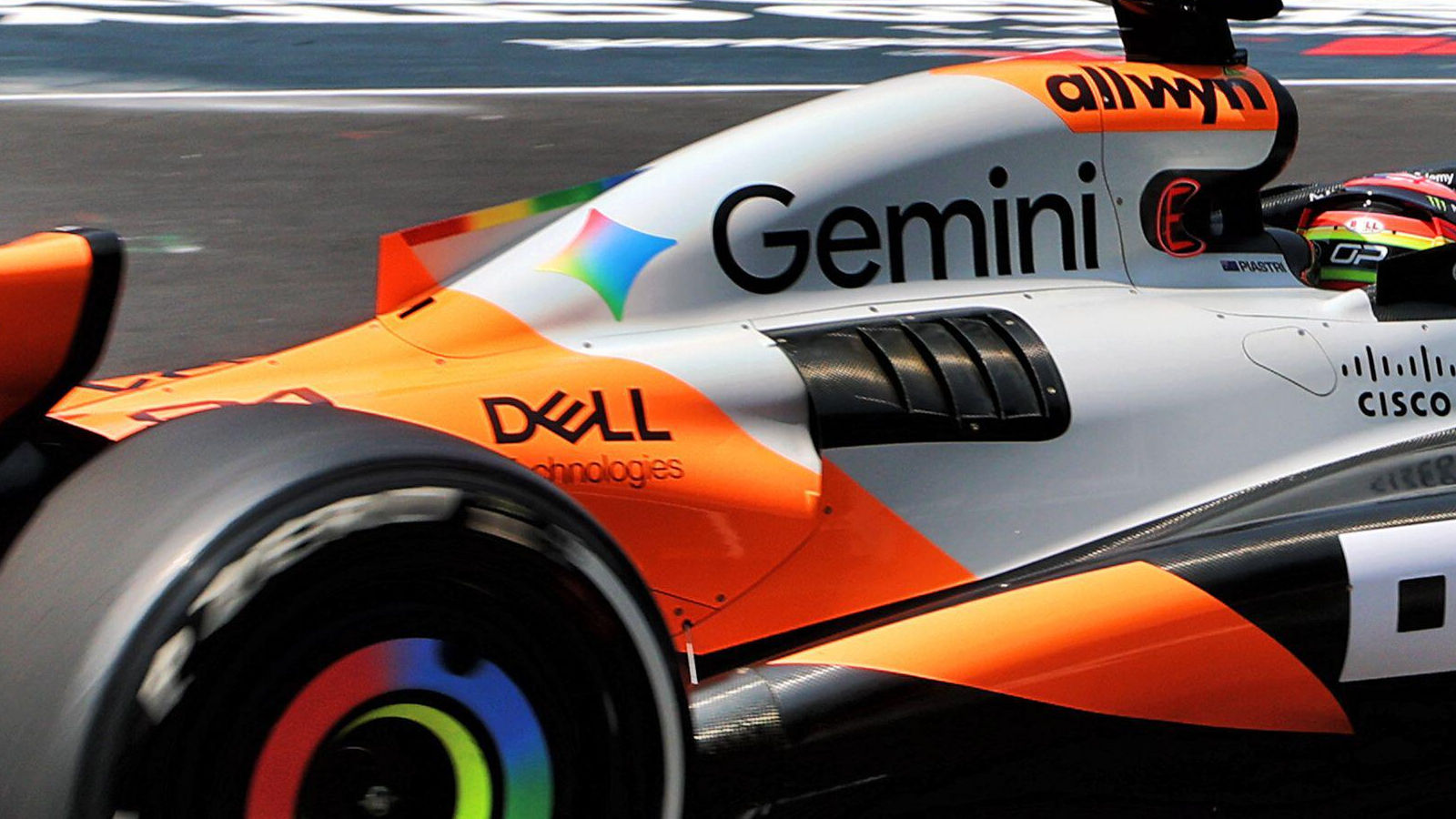
Comparatively McLaren didn’t need to open up as much bodywork on the MCL39 as many of their rivals needed to, which is not only a testament to the Mercedes power unit’s capability but also the team’s handling of it and how they cool it and the associated components.
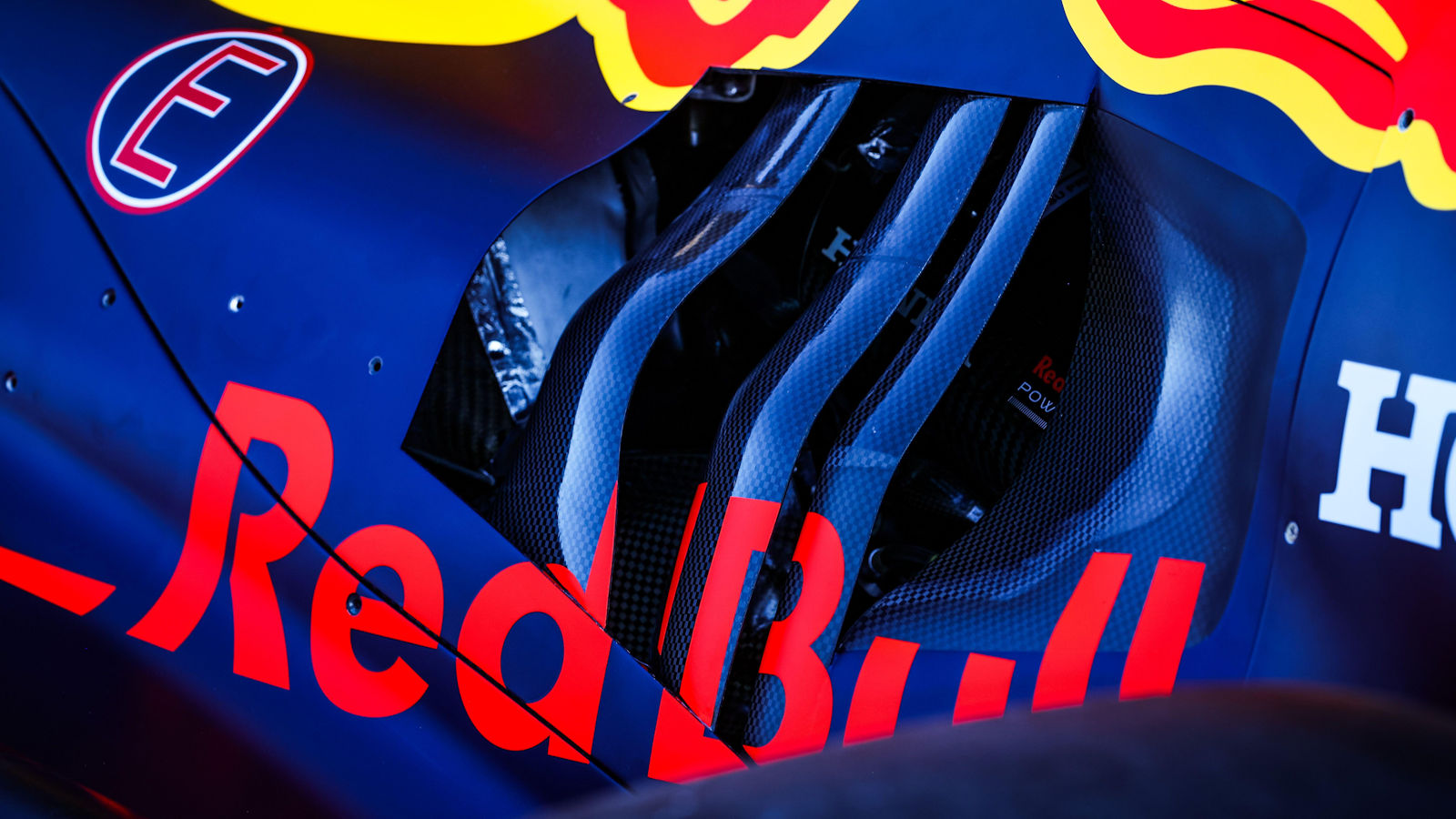
Red Bull used an interesting louvre configuration in Mexico, with an uneven spacing between the louvres employed in the panel shown here and later in the weekend this was supplemented with another three louvre panel ahead of it.

Ferrari ran an expansive cooling layout in Mexico, including this extremely large louvred panel that bridged the sidepod and engine cover.
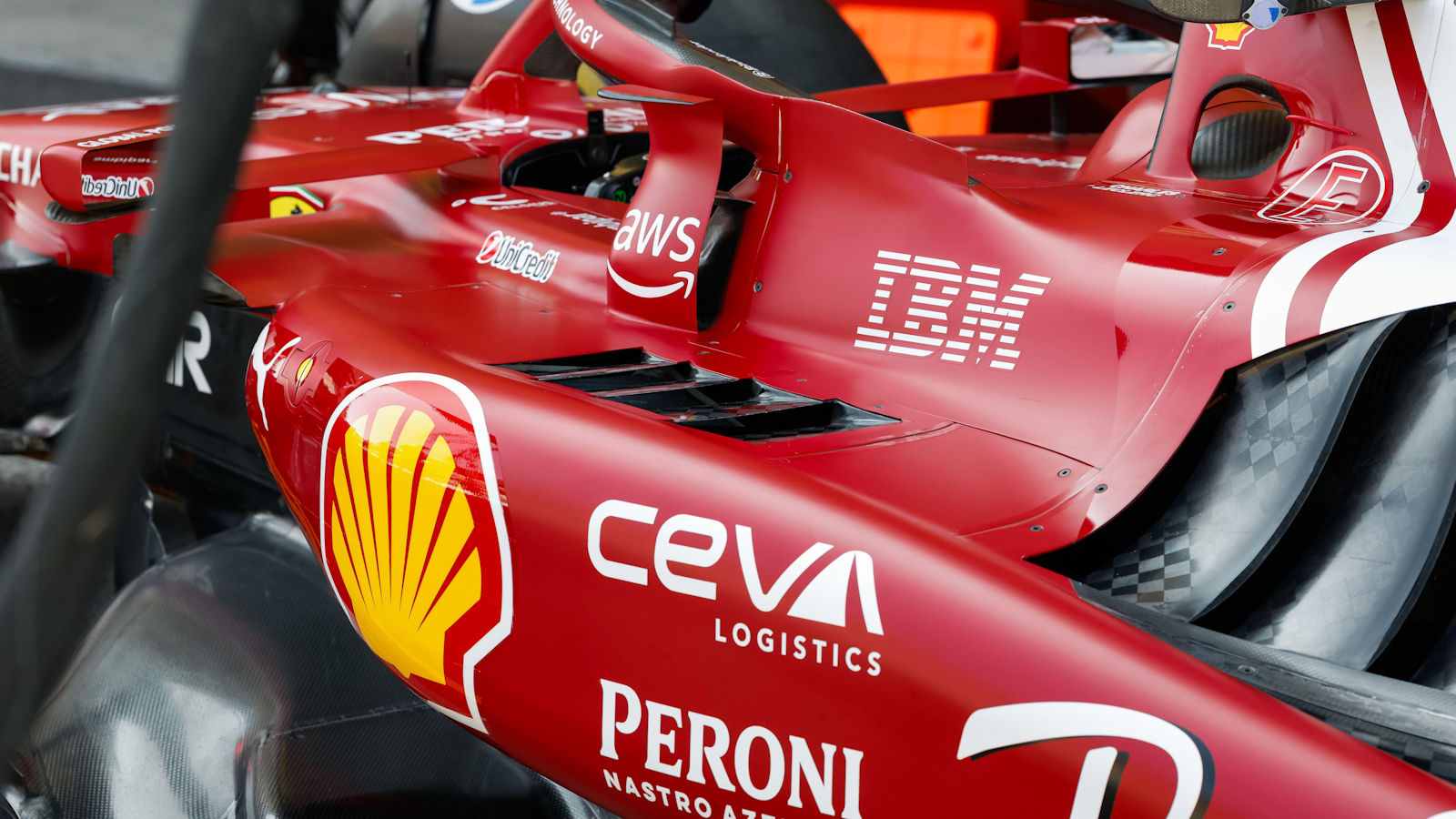
A close up of the opening and four louvre cooling configuration employed on the sidepod of the Ferrari SF-25.
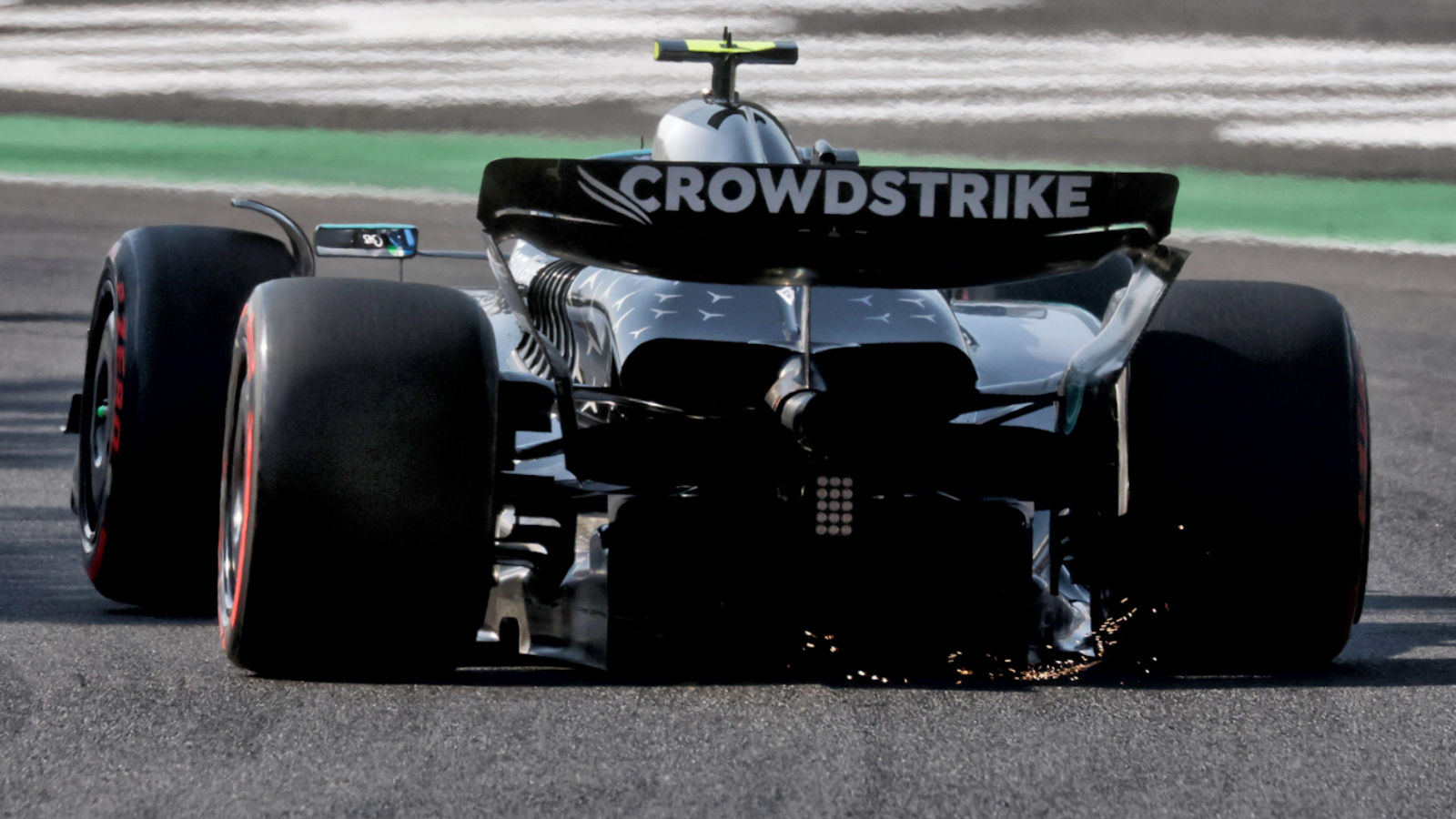
Mercedes combined their large rear engine cover outlet with their large louvre arrangement in Mexico. Also note the small winglet arrangement attached either side of the rear wing’s central pillar.
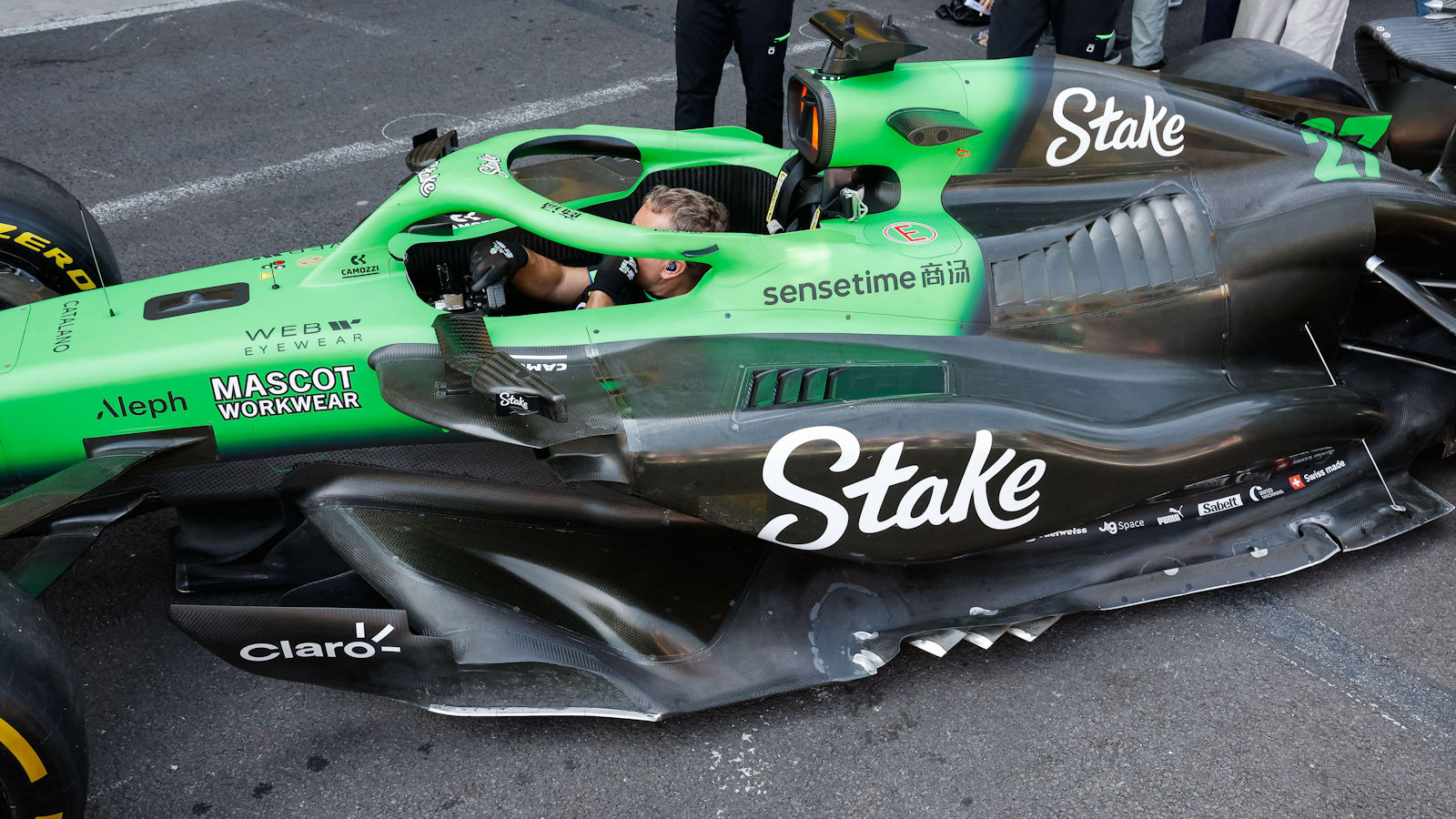
An overview of the sidepod and engine cover bodywork on the Sauber C45, which has louvred panels pressed into both surfaces. This view also provides us with insight into the floor accessories, such as the fences and edge wing.

Williams FW47 sidepod and engine cover cooling louvres

The double snorkel-style inlets in the vanity panel on top of the Red Bull RB21’s chassis are used to help cool the driver.
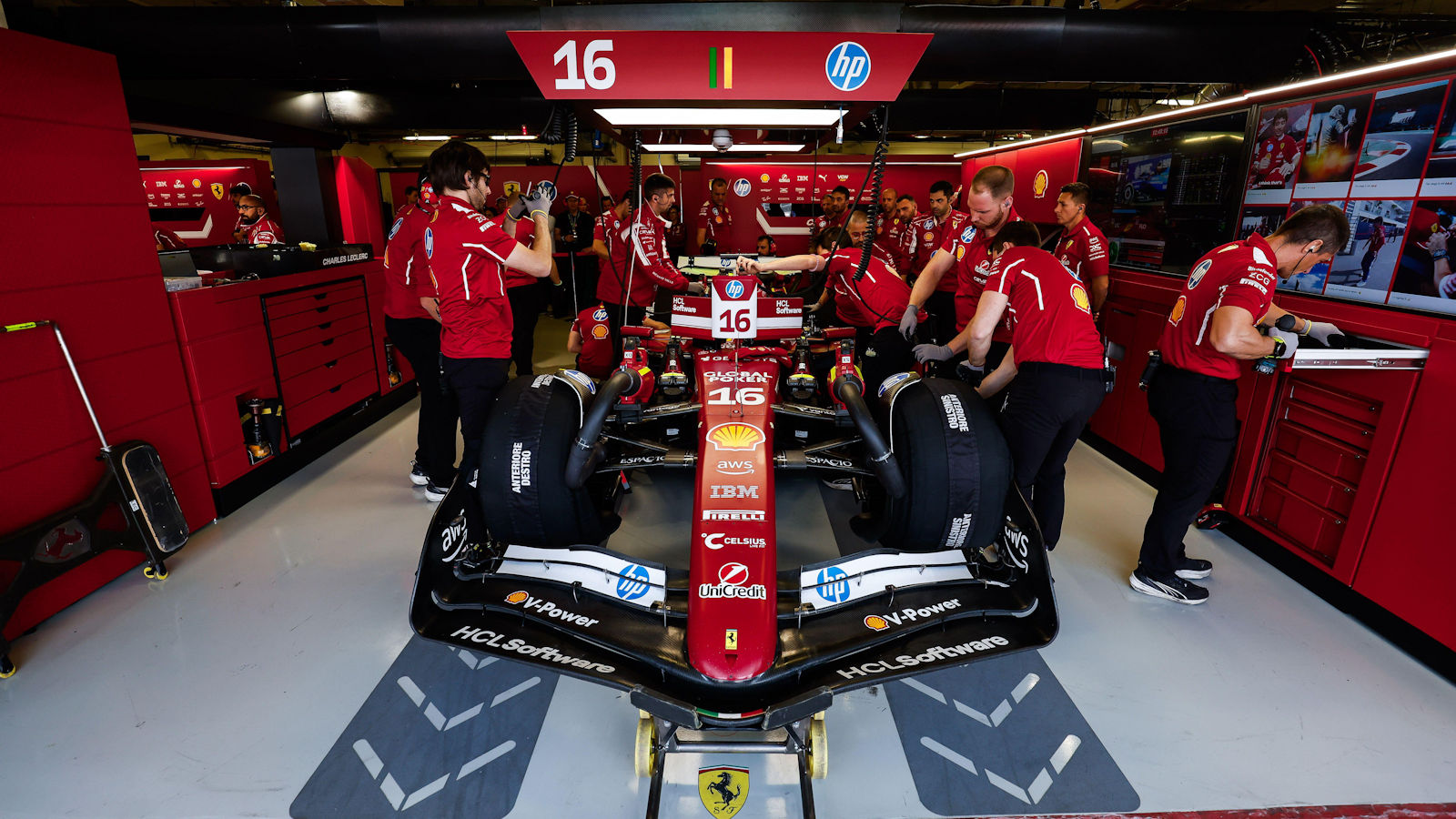
A great view of the front wing on the Ferrari SF-25, as the mechanics prepare the car for action.
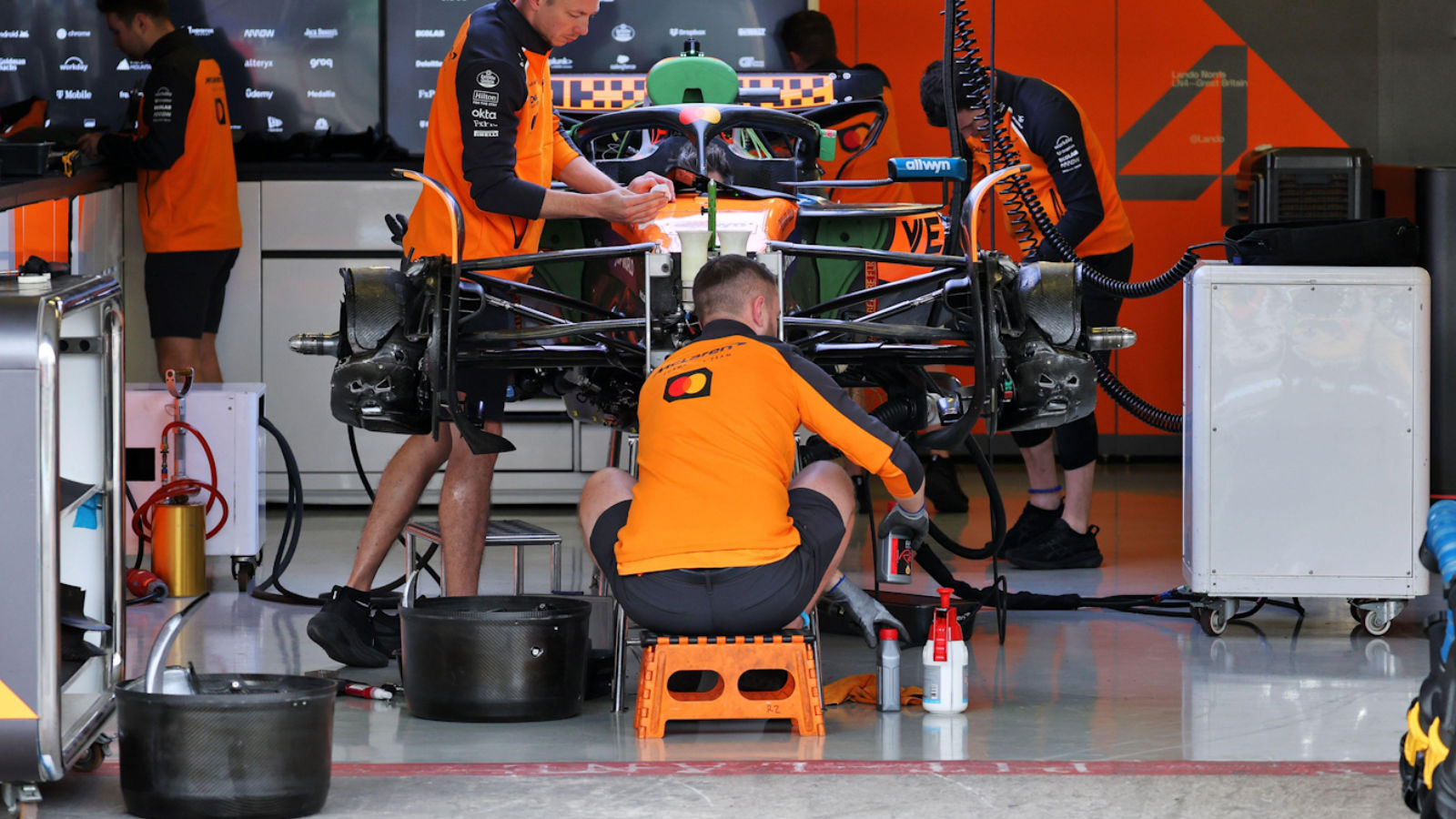
McLaren’s mechanics prepare one of the MCL39’s ahead of the weekend’s action, which allows us to see some of the pipework and fairings employed on the front brake assembly to help cool the components and move air around beneath the drums, which can be seen in the foreground and are yet to be attached.
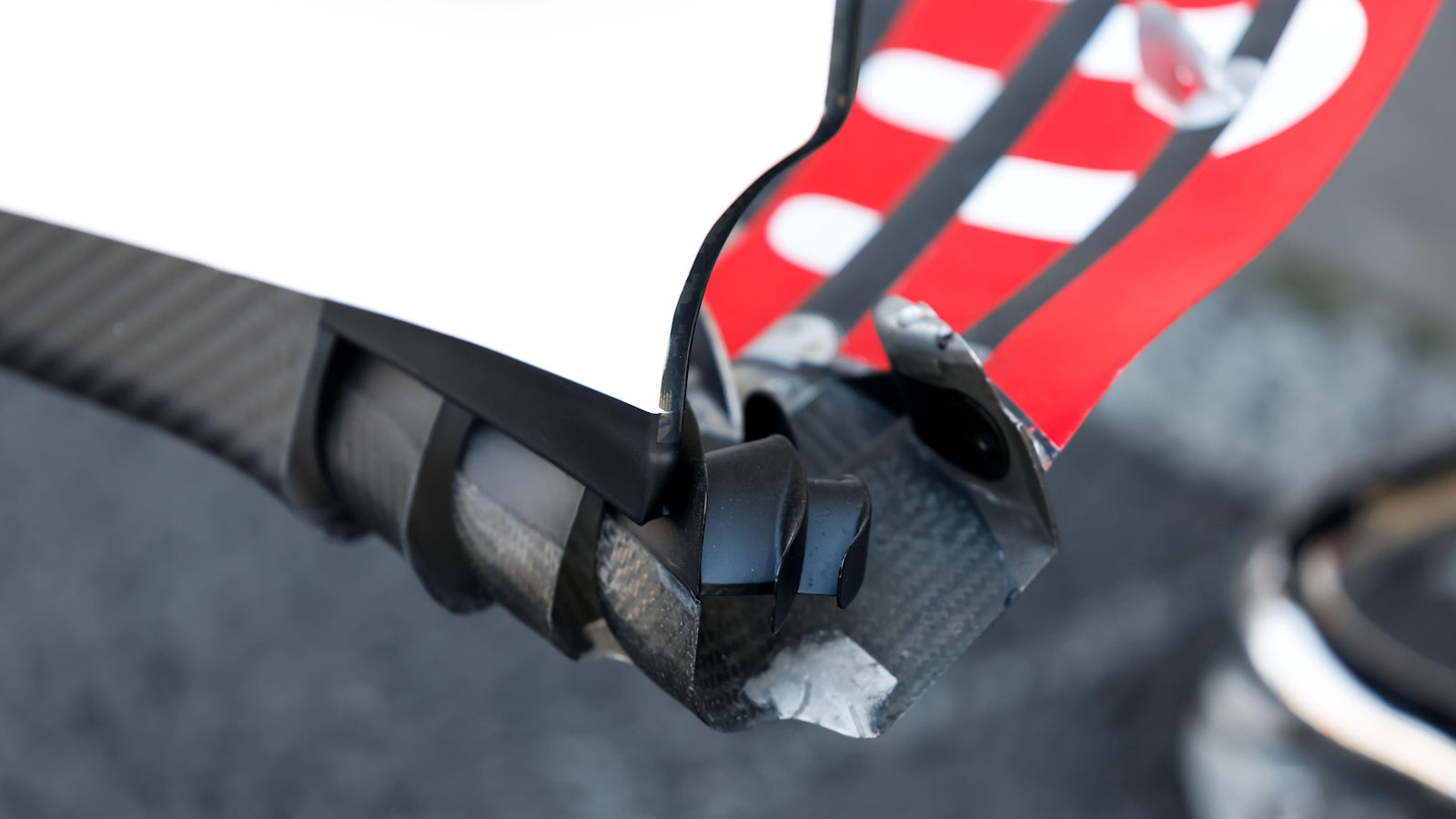
A close up of the outer corner of the endplate and flap juncture on the Haas VF-25, including the additional winglets, which are skewed to aid in outwash generation.

A close up of the winglets mounted on the side of and ahead of the rear brake duct outlet of the Aston Martin AMR25.
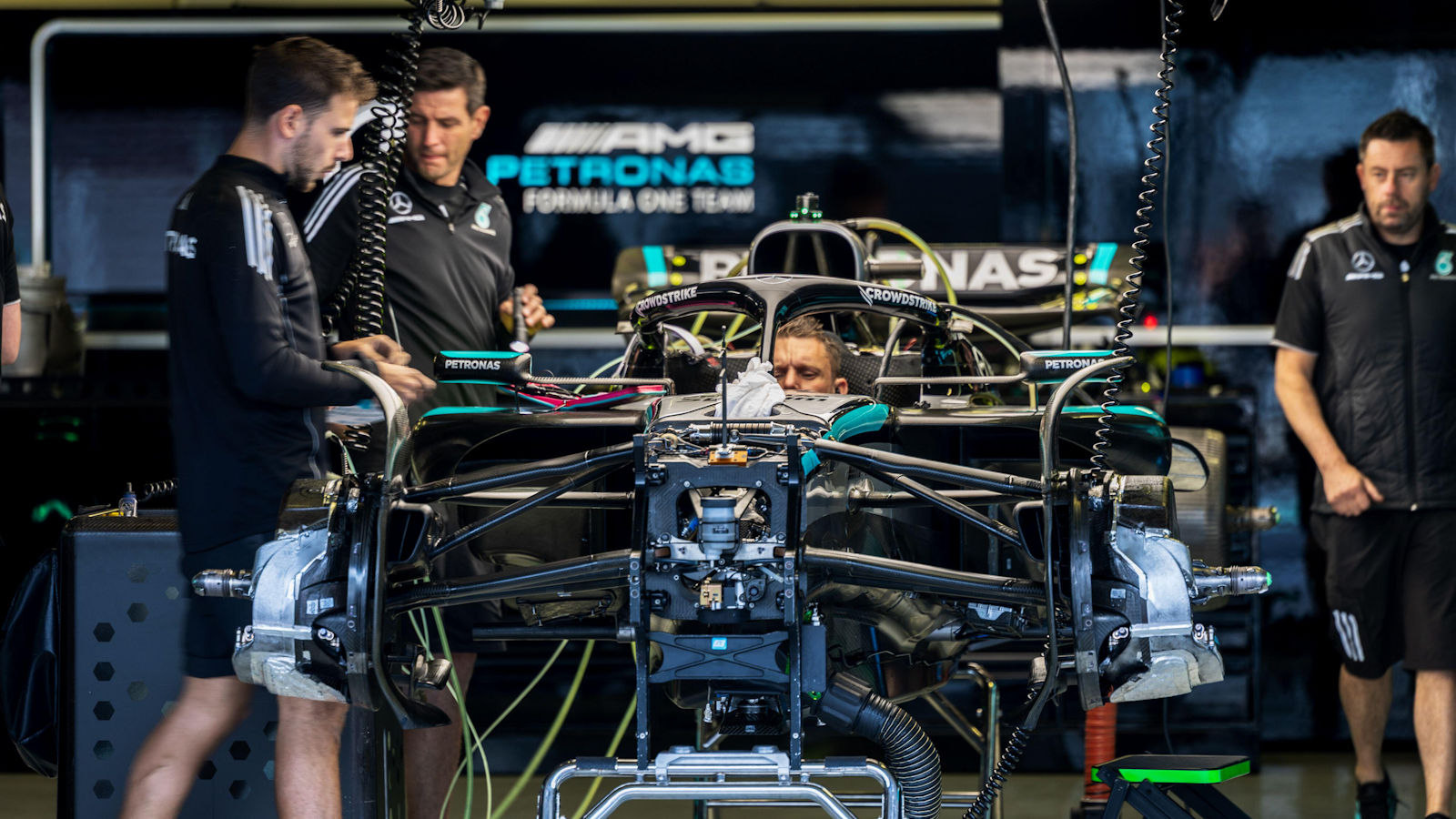
A look at some of the Mercedes W16’s inner details as it’s prepared for action, including the pipework and fairings that surround the front brake components, some of which have reflective surfaces to help manage temperatures within the assembly.
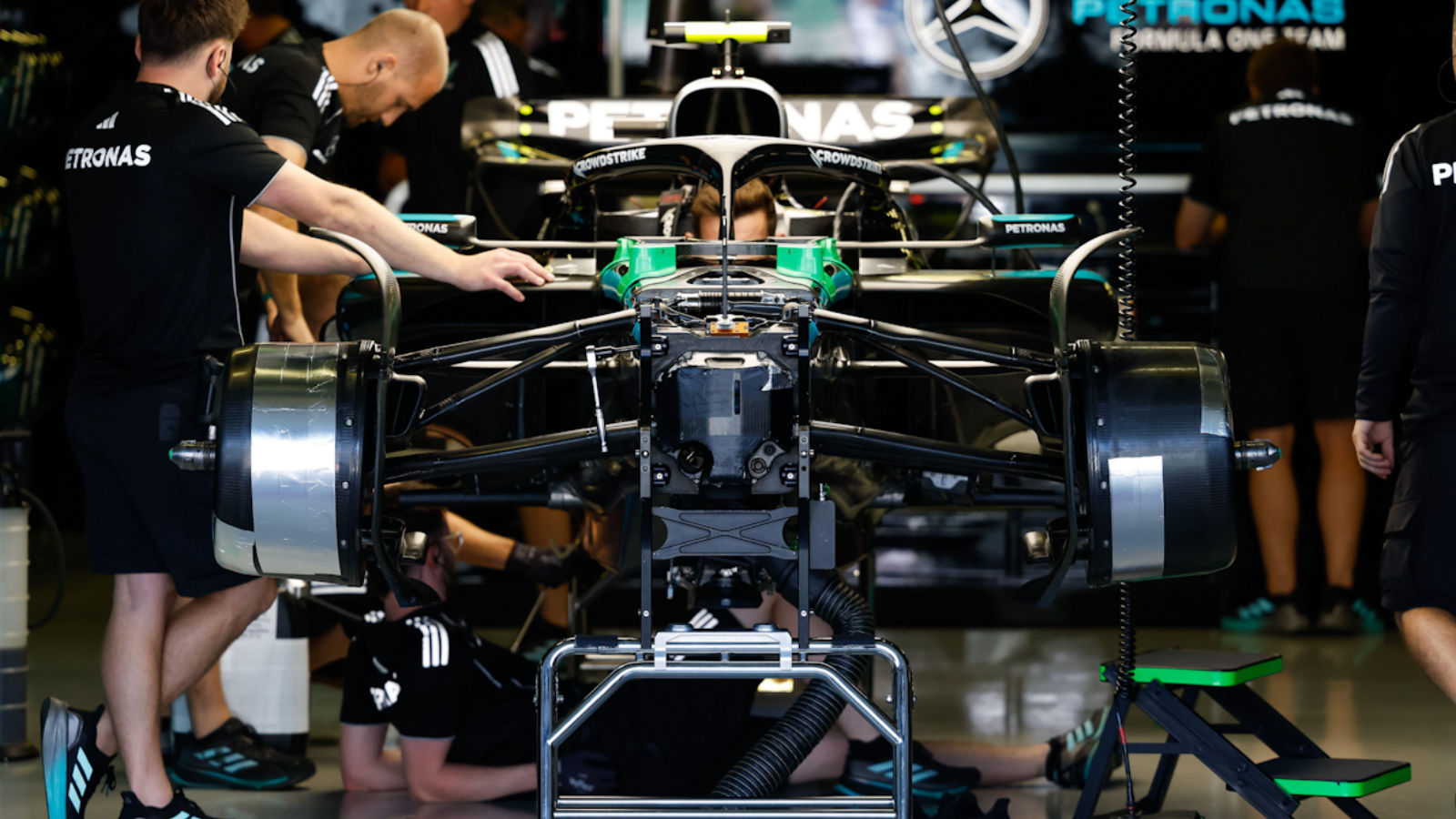
Mercedes also added tape to certain areas on the outer surface of the brake drums in Mexico.
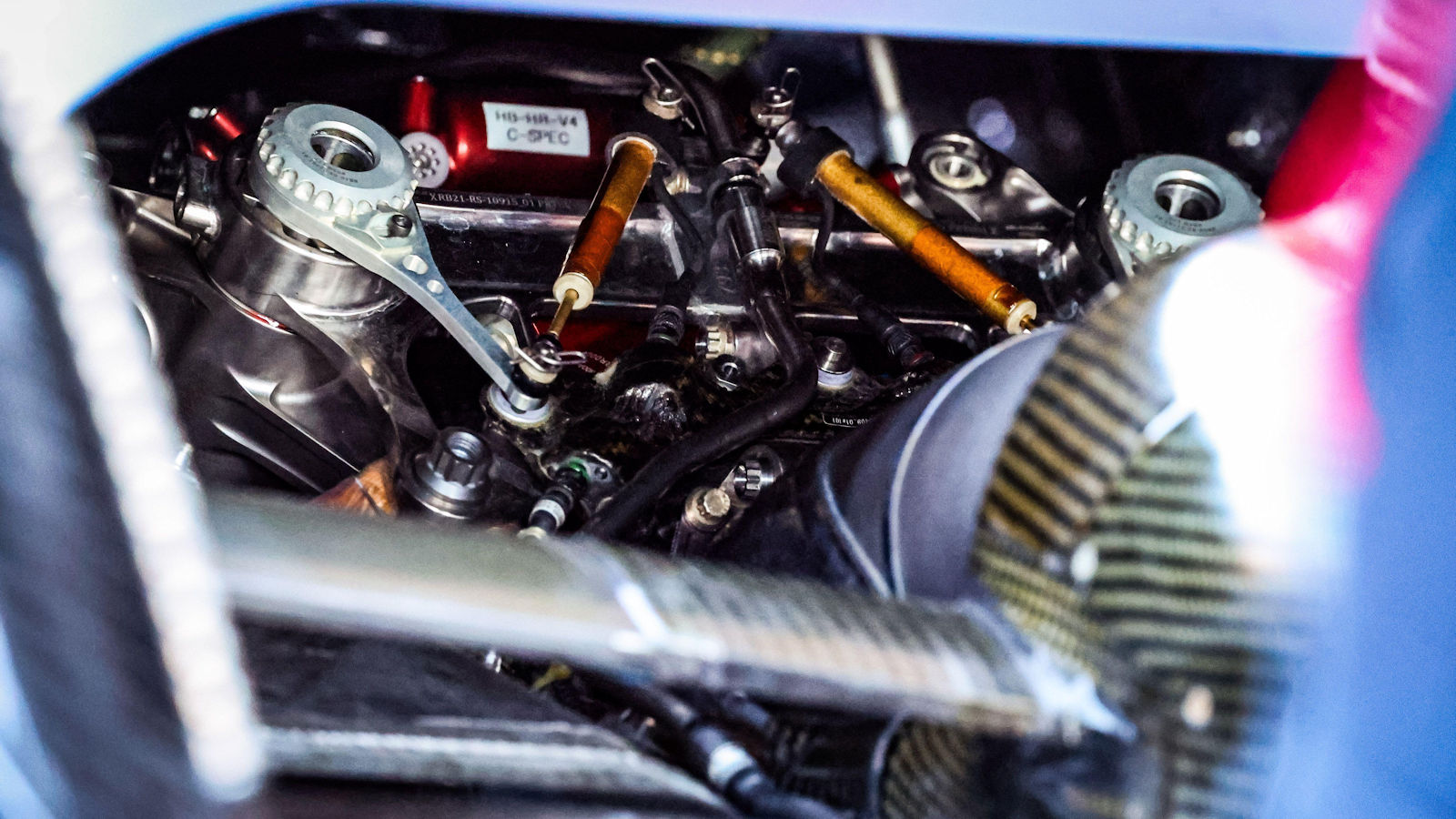
A close up of the Red Bull RB21’s rear end provides some insight into the makeup of some of the inboard elements of the rear suspension.
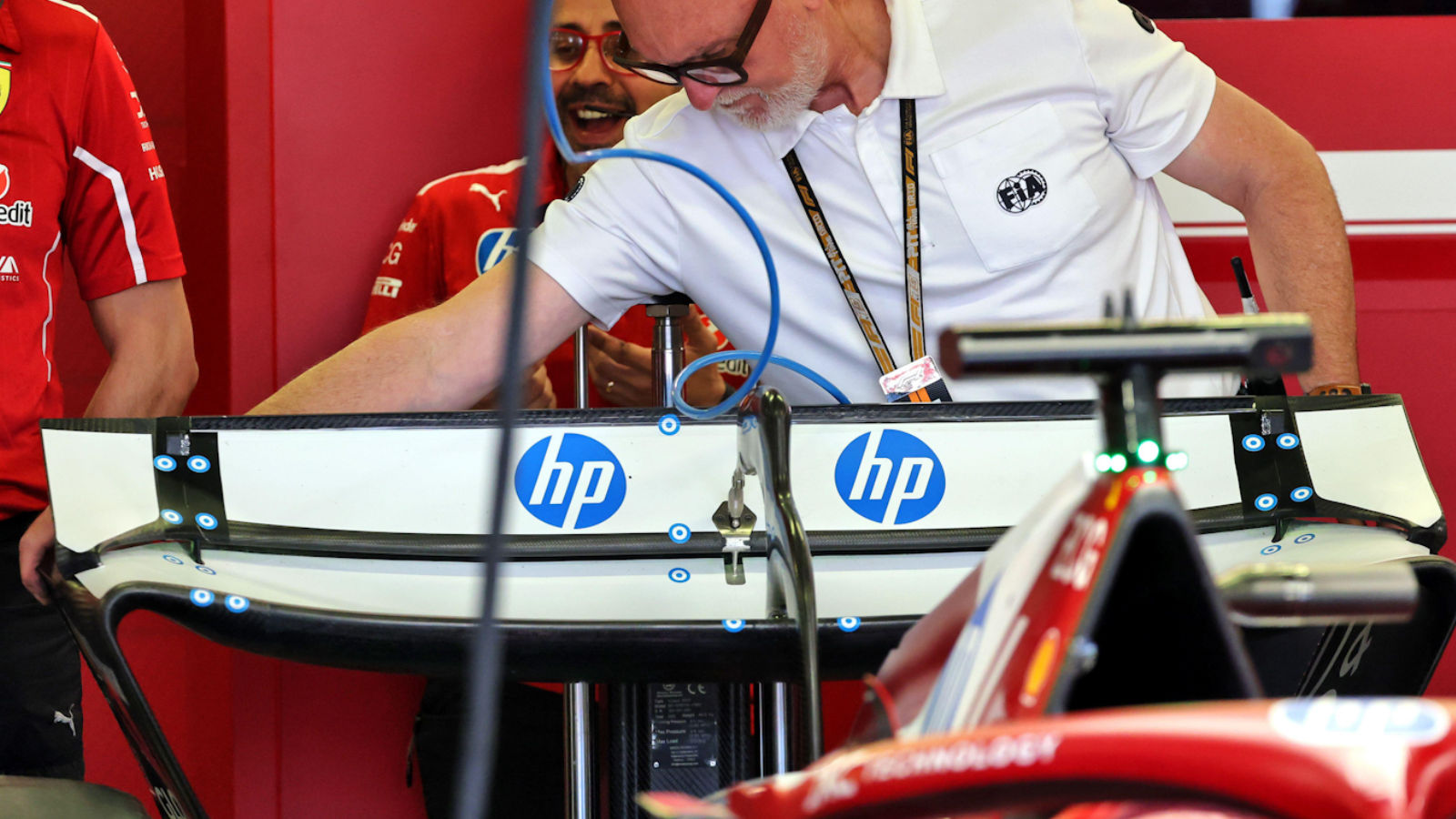
The FIA conducting checks on the Ferrari SF-25’s rear wing
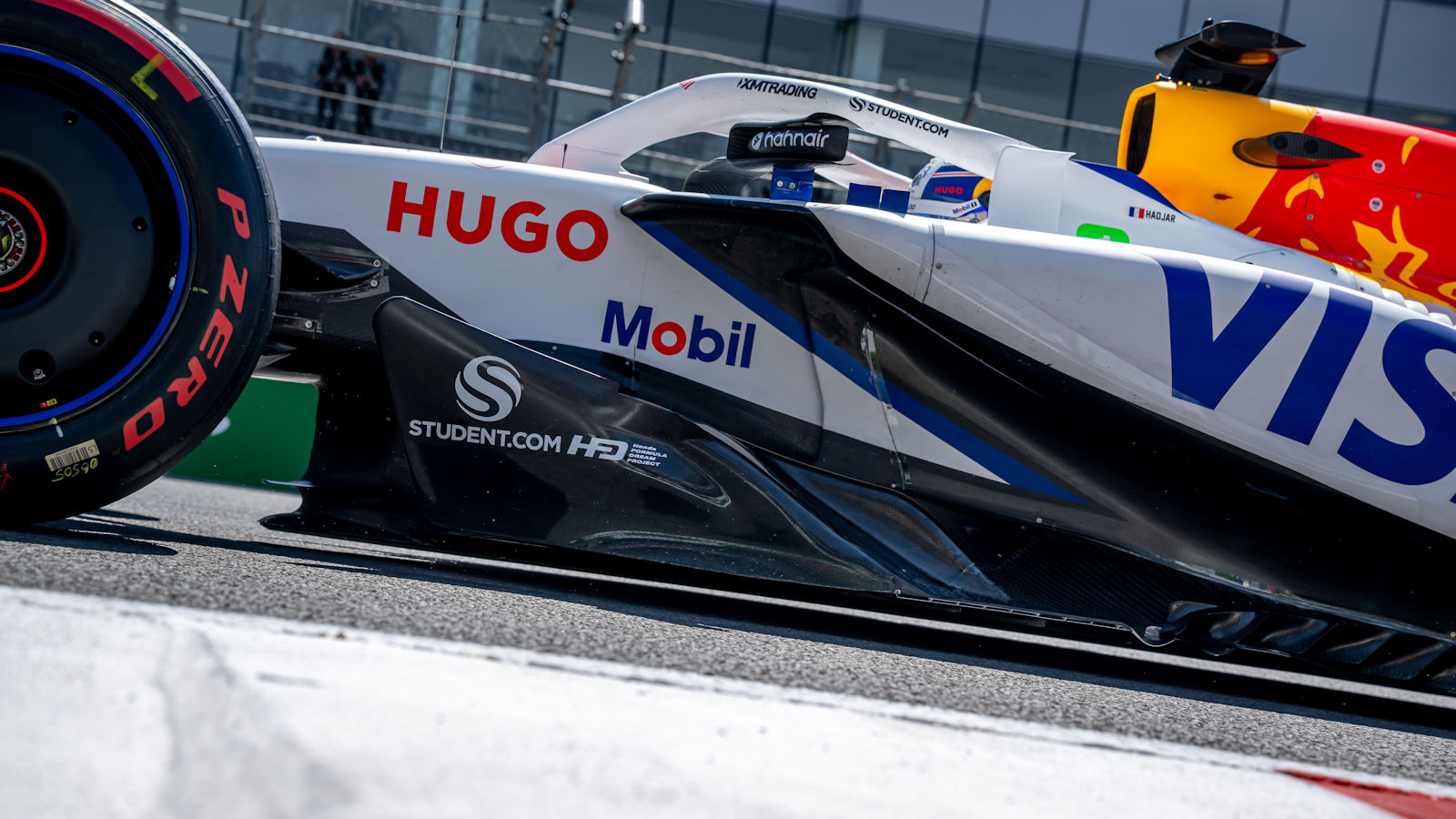
An interesting view of the Racing Bulls VCARB02’s sidepod inlet, sidepod bodywork and outer floor fence.

An interesting layout for Sauber with their front brake duct outlet, which has two baffles that follow the same contours as the outlet’s trailing edge.
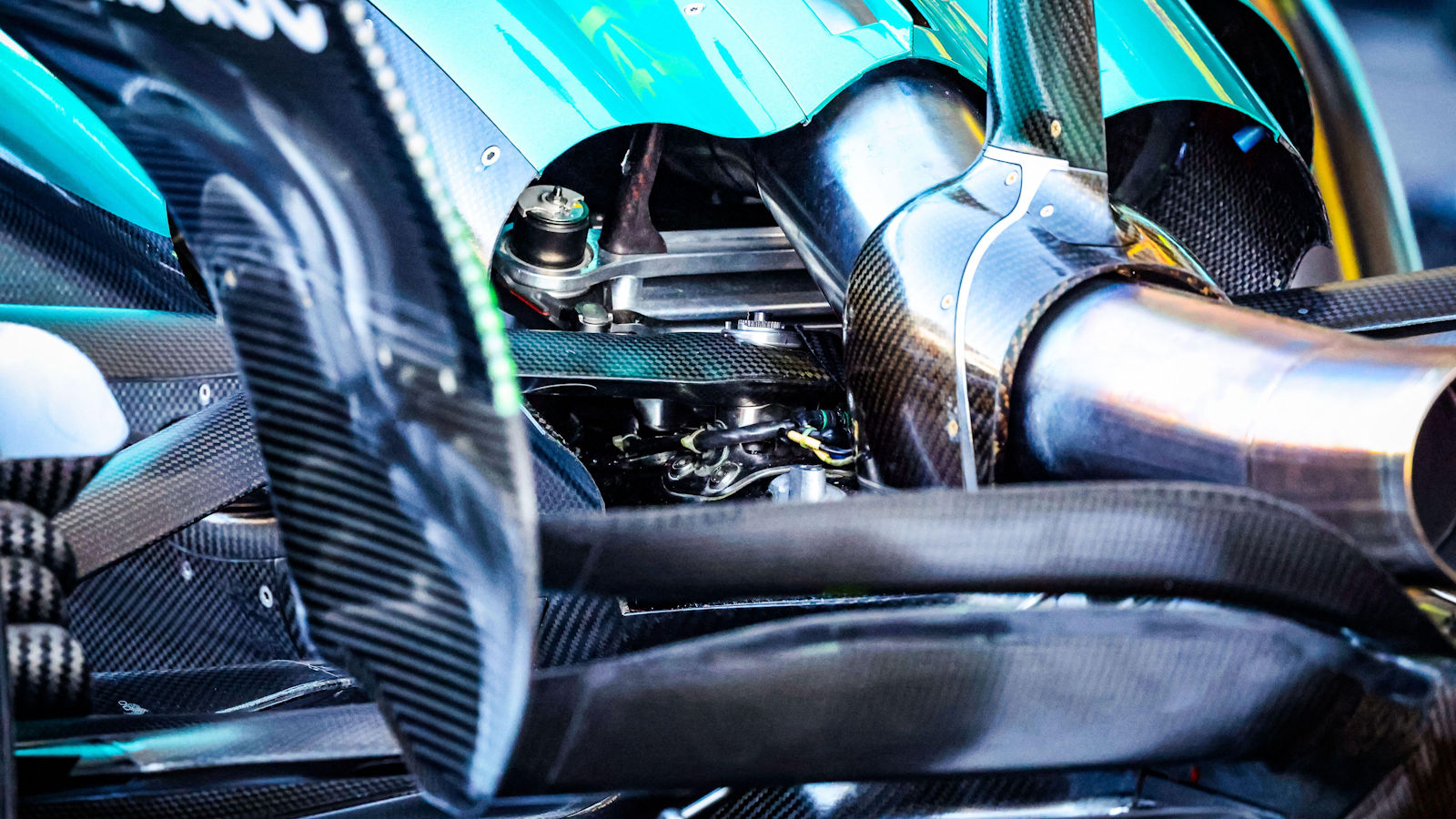
Some of the inboard rear suspension elements are peeking through from under the engine cover in this shot of the Aston Martin AMR25.

A great view of the rear suspension fairings and coke bottle bodywork on the Haas VF-25.

Having made changes to their floor and sidepods in Mexico, Red Bull applied flo-viz to the RB21 during Free Practice to gather visual confirmation that the airflow was performing as anticipated.
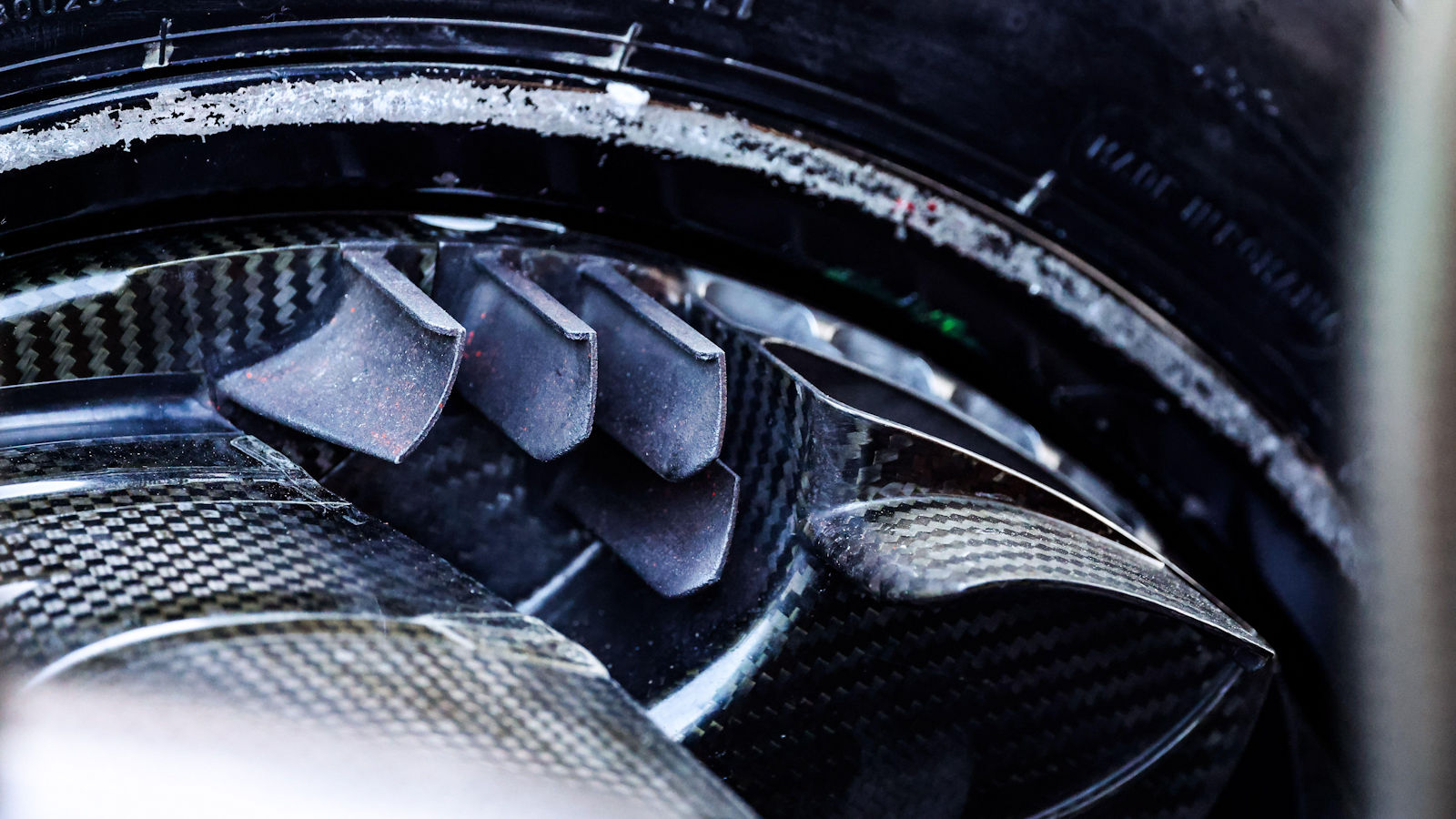
Four winglets, the upper three of which come complete with trailing edge Gurney flaps, sit ahead of the rear brake duct’s outlet on the Sauber C45, which also has another winglet attached to the side of it.
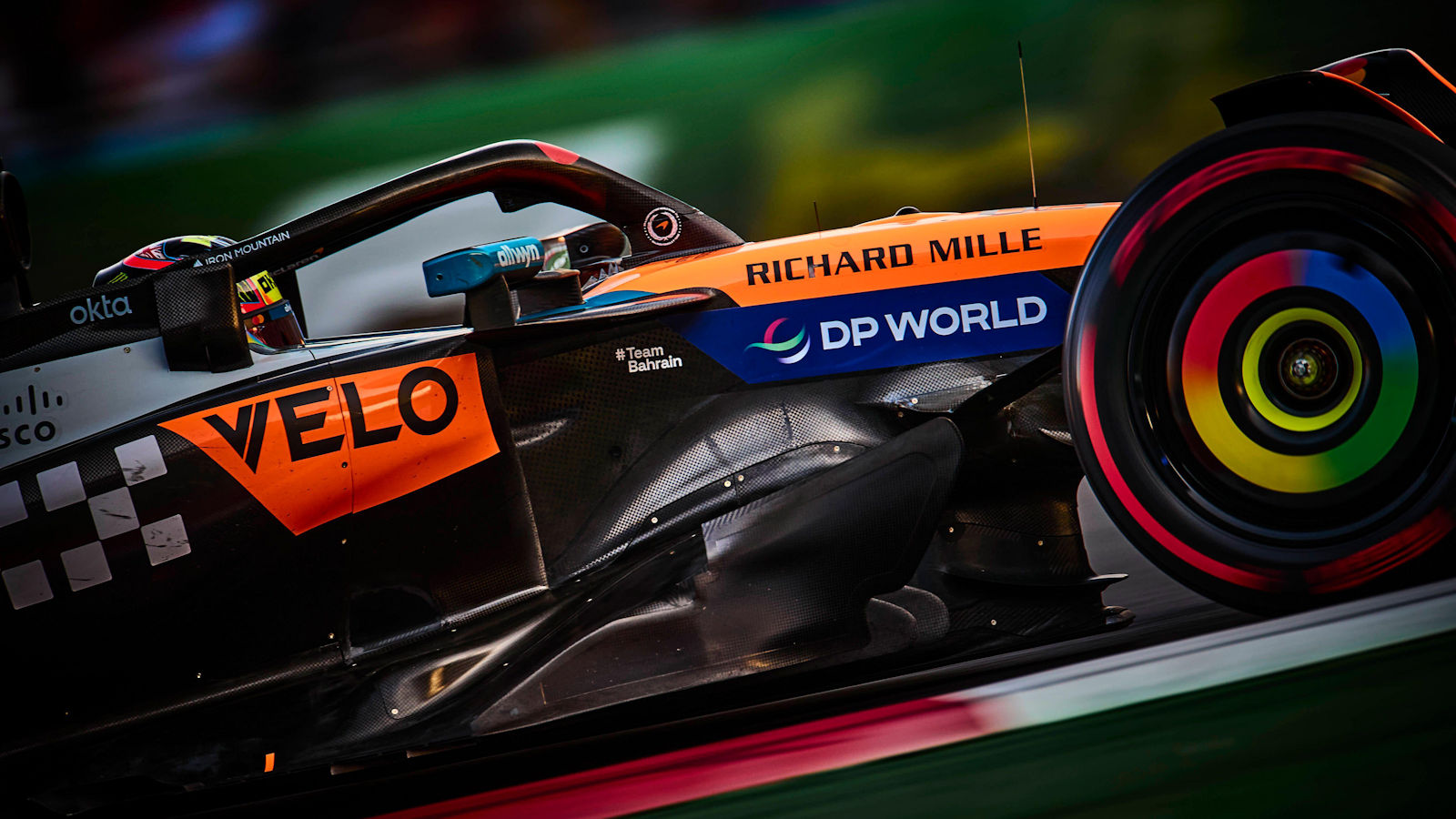
A nice shot of the McLaren MCL39’s forward floor, including the fence arrangement, splitter winglet and the chassis blisters at the interface with the floor and front suspension elements.

Flo-viz was painted on the rear of the Ferrari SF-25 during Free Practice, as the team looked for visual confirmation of how the air moves over the rear end.
Read next – Revealed: Nine races that have shaped the F1 2025 title battle so far

